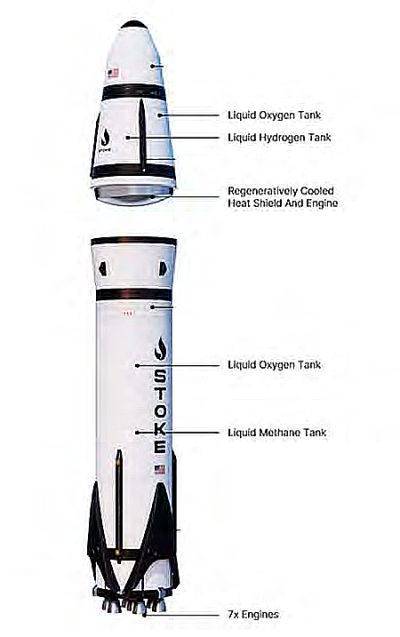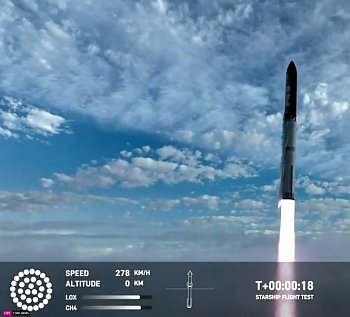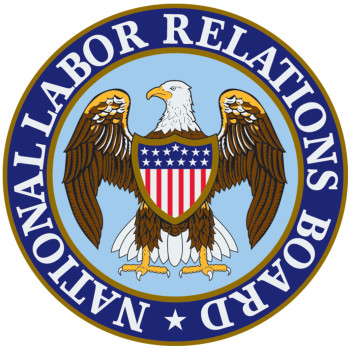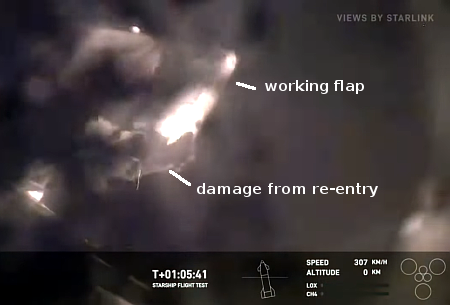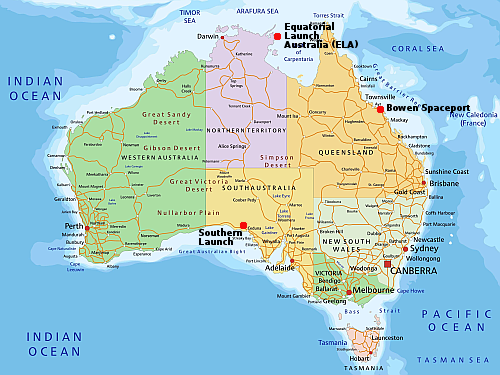SpaceX gets FCC okay for next Starship/Superheavy test flight
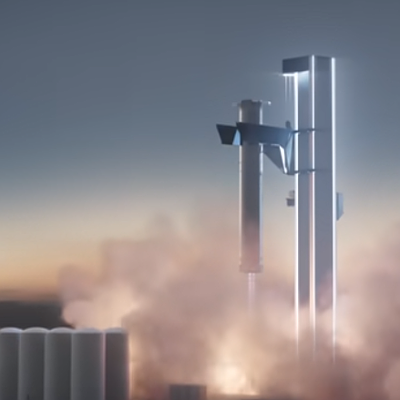
Artist rendering of Superheavy being captured by
the tower chopsticks at landing. Click for video.
The FCC yesterday issued SpaceX a communications license for the fifth orbital test launch of its giant Starship/Superheavy rocket, with the license permitting Superheavy to “either return to the launch site or perform a controlled water landing.”
The license runs through February 15, 2025.
This does not mean a launch has been approved however. The FCC only gives approval for radio communications on such a flight. It is the FAA that must issue the actual launch license, and it as yet not done so.
SpaceX had announced on August 8, 2024 that it was ready to go. It is now almost two weks since then and the FAA has said nothing.
The only justifiable reason for this delay would be that SpaceX has requested permission to do the first chopstick landing of Superheavy at Boca Chica (as suggested by the FCC approval), and since this changes the already approved flight path from the previous four test launches, the FAA is reviewing it more closely, and taking its time to do so.
The simple fact is that it can’t learn anything by this review. It isn’t qualified to make any educated determination. Either it is willing to let SpaceX do that return, or not. If it is against it at this point, it should simply say so, demand SpaceX hold off a chopstick landing until later, and give it permission now to do another ocean landing. At least this way the company would have clarity and could proceed.

Artist rendering of Superheavy being captured by
the tower chopsticks at landing. Click for video.
The FCC yesterday issued SpaceX a communications license for the fifth orbital test launch of its giant Starship/Superheavy rocket, with the license permitting Superheavy to “either return to the launch site or perform a controlled water landing.”
The license runs through February 15, 2025.
This does not mean a launch has been approved however. The FCC only gives approval for radio communications on such a flight. It is the FAA that must issue the actual launch license, and it as yet not done so.
SpaceX had announced on August 8, 2024 that it was ready to go. It is now almost two weks since then and the FAA has said nothing.
The only justifiable reason for this delay would be that SpaceX has requested permission to do the first chopstick landing of Superheavy at Boca Chica (as suggested by the FCC approval), and since this changes the already approved flight path from the previous four test launches, the FAA is reviewing it more closely, and taking its time to do so.
The simple fact is that it can’t learn anything by this review. It isn’t qualified to make any educated determination. Either it is willing to let SpaceX do that return, or not. If it is against it at this point, it should simply say so, demand SpaceX hold off a chopstick landing until later, and give it permission now to do another ocean landing. At least this way the company would have clarity and could proceed.

